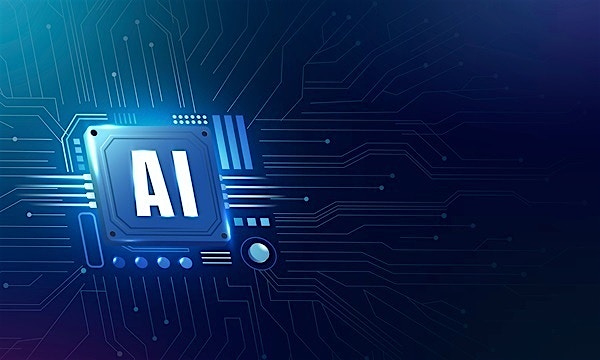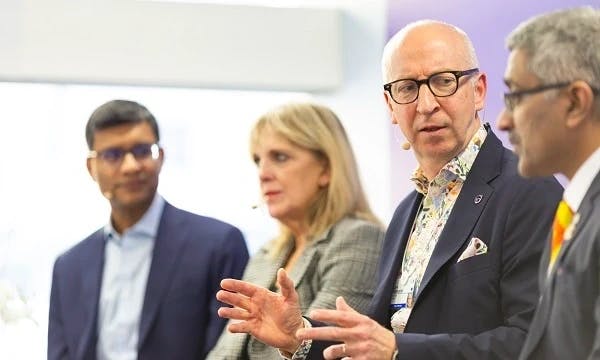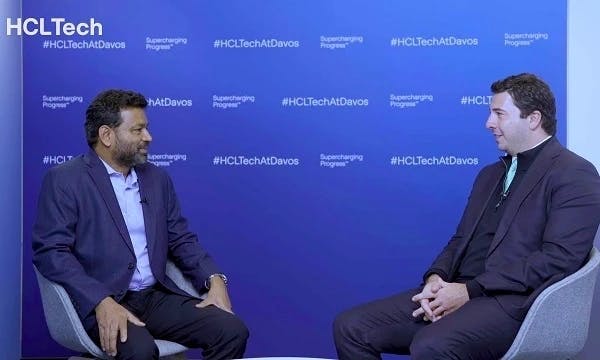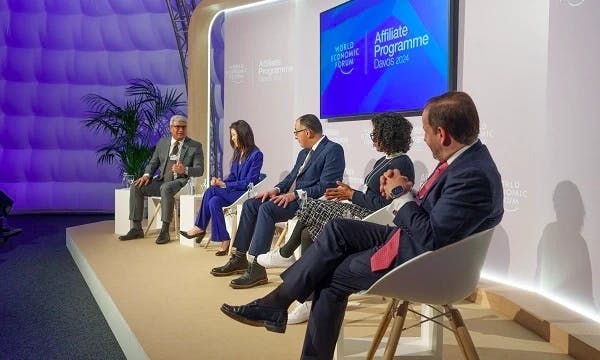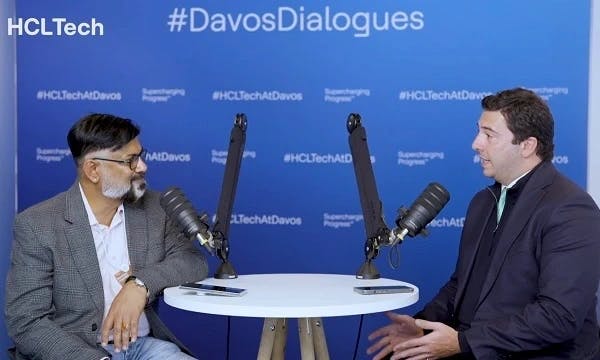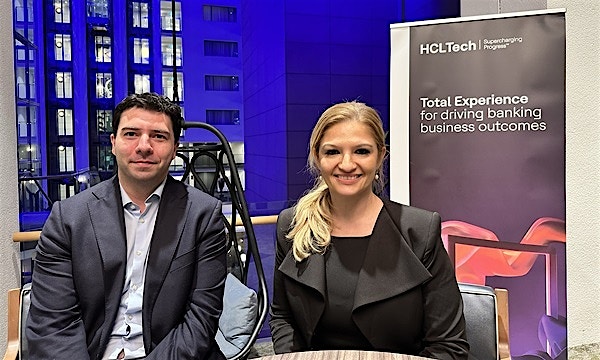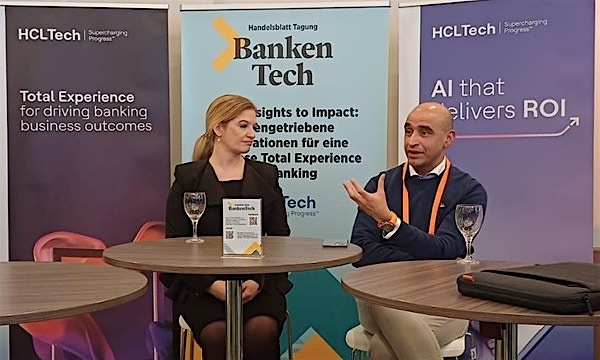Video
Section CTA
The future trends shaping the semiconductor industry
In the first episode of the Chip Chat podcast series, Ameer Saithu, Executive Vice President, Semiconductor Business at HCLTech, explores the dynamic landscape of the semiconductor industry, the key drivers for its growth and how emerging technologies are poised to redefine the future of this sector

Playing now
The future trends shaping the semiconductor industry
In the first episode of the Chip Chat podcast series, Ameer Saithu, Executive Vice President, Semiconductor Business at HCLTech, explores the dynamic landscape of the semiconductor industry, the key drivers for its growth and how emerging technologies are poised to redefine the future of this sector
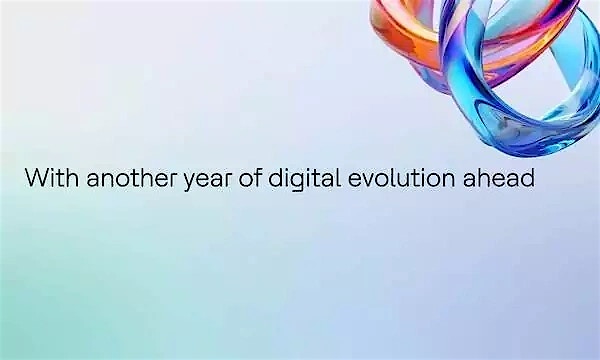
The HCLTech Trends 2024 report explores a range of 10 technology trends that are set to disrupt the year ahead

Insights from Tan Tiew Hin, Managing Director and Head of Technology, Shared Services & Operations at Singapore Exchange (SGX), on charting a transformative journey with AI and emerging technologies

The cloud is viewed as the business platform for innovation but are organizations effectively taking advantage of it
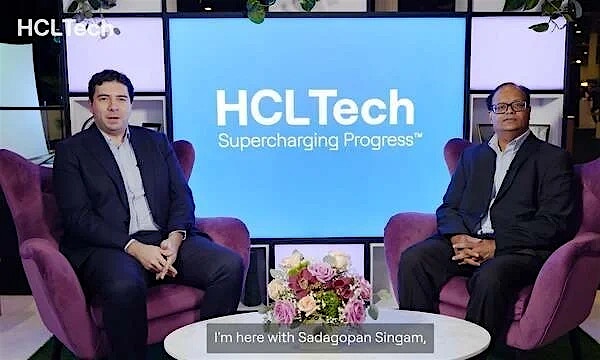
In conversation with Sadagopan Singam, Executive Vice President, Global Head of SaaS & Commercial Applications, Digital Business Services, HCLTech
Podcast
Section CTA

0:00
progress
00:00
Episode 22: The growing impact of AI: From technical realm to business domains
In this podcast, Nick Ismail is joined by Alan Flower, EVP and Global Head of Cloud and AI Labs at HCLTech as they discuss the latest trends in AI adoption, live from the World AI Summit in Amsterdam.
Subscribe to the HCLTech Newsletter
for our latest news and insights


